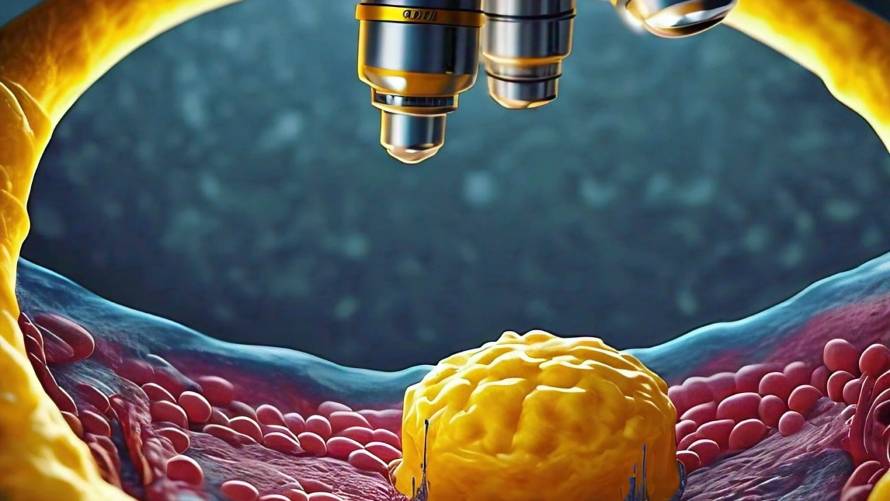As we age, a certain type of fat, called bis(monoacylglycero)phosphates (or BMPs), starts to accumulate in our tissues. This was the surprising discovery made by researchers from Amsterdam UMC and Maastricht UMC+, who analyzed tissue samples from both mice and humans.
The Aging Process Revealed
“The idea that we could reverse aging is something that was long considered science fiction, but these findings do allow us to understand a lot more about the aging process,” says Riekelt Houtkooper, Professor at the laboratory Genetic Metabolic Diseases of Amsterdam UMC. The researchers found that this BMP buildup occurs in various tissues, including muscles, kidneys, liver, and heart.
Exercise to the Rescue
But the good news is that this BMP accumulation can be reversed through exercise. The researchers conducted muscle biopsies on people before and after they participated in a healthy intervention that included one hour of exercise per day. They found that the levels of BMPs decreased in the active participants.
Laying the Groundwork for Future Breakthroughs
“These results are an important new step for our understanding of the aging process, but they are certainly not the final answer,” says Houtkooper. The researchers plan to conduct further studies to better understand how BMPs contribute to aging and whether there are other ways, besides exercise, to affect BMP levels.
A Glimmer of Hope for Reversing Aging
“Everyone says that ‘it’s just part of getting older,’ but this doesn’t actually have to be true,” says Georges Janssens, first author of the paper and assistant professor at Amsterdam UMC. By understanding more about the aging process, the researchers believe they can explore new ways of intervening and potentially delaying or even preventing age-related diseases.


